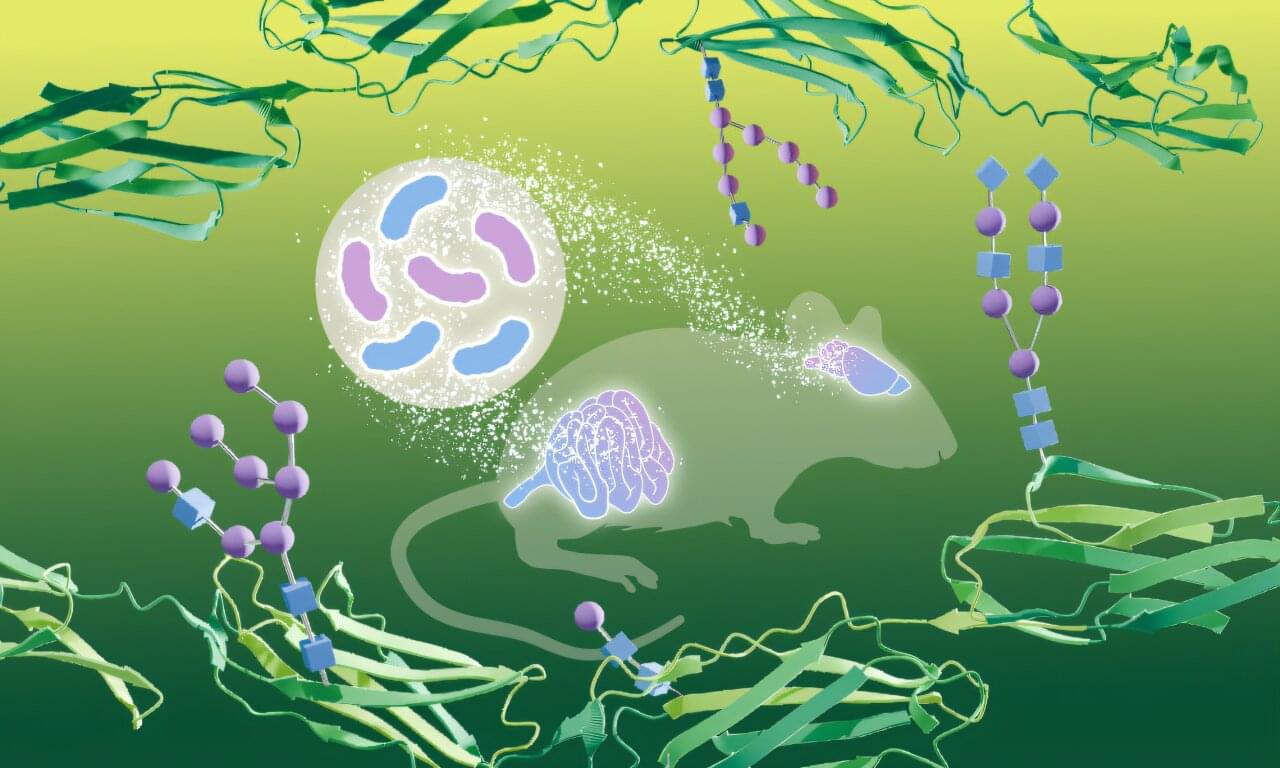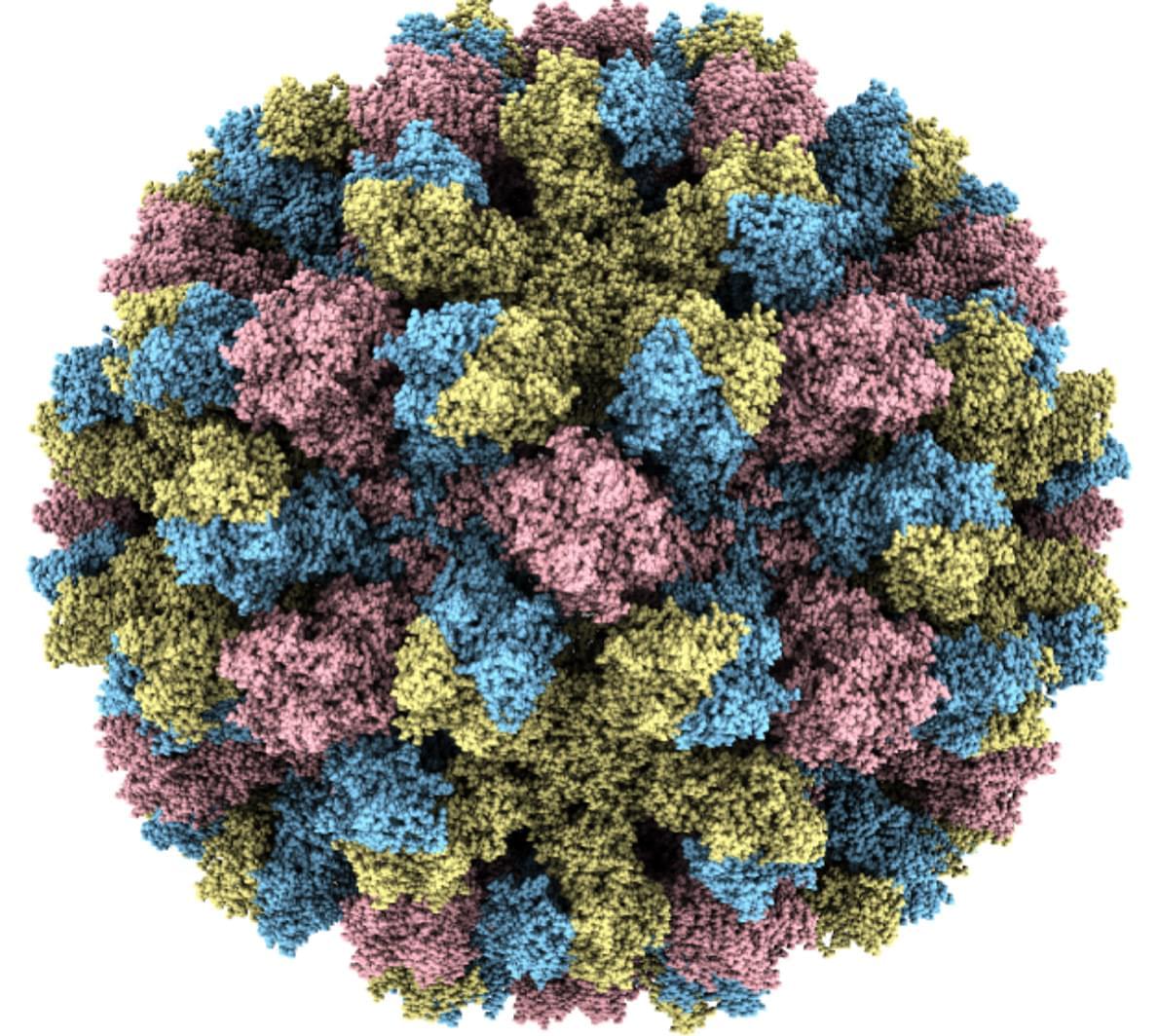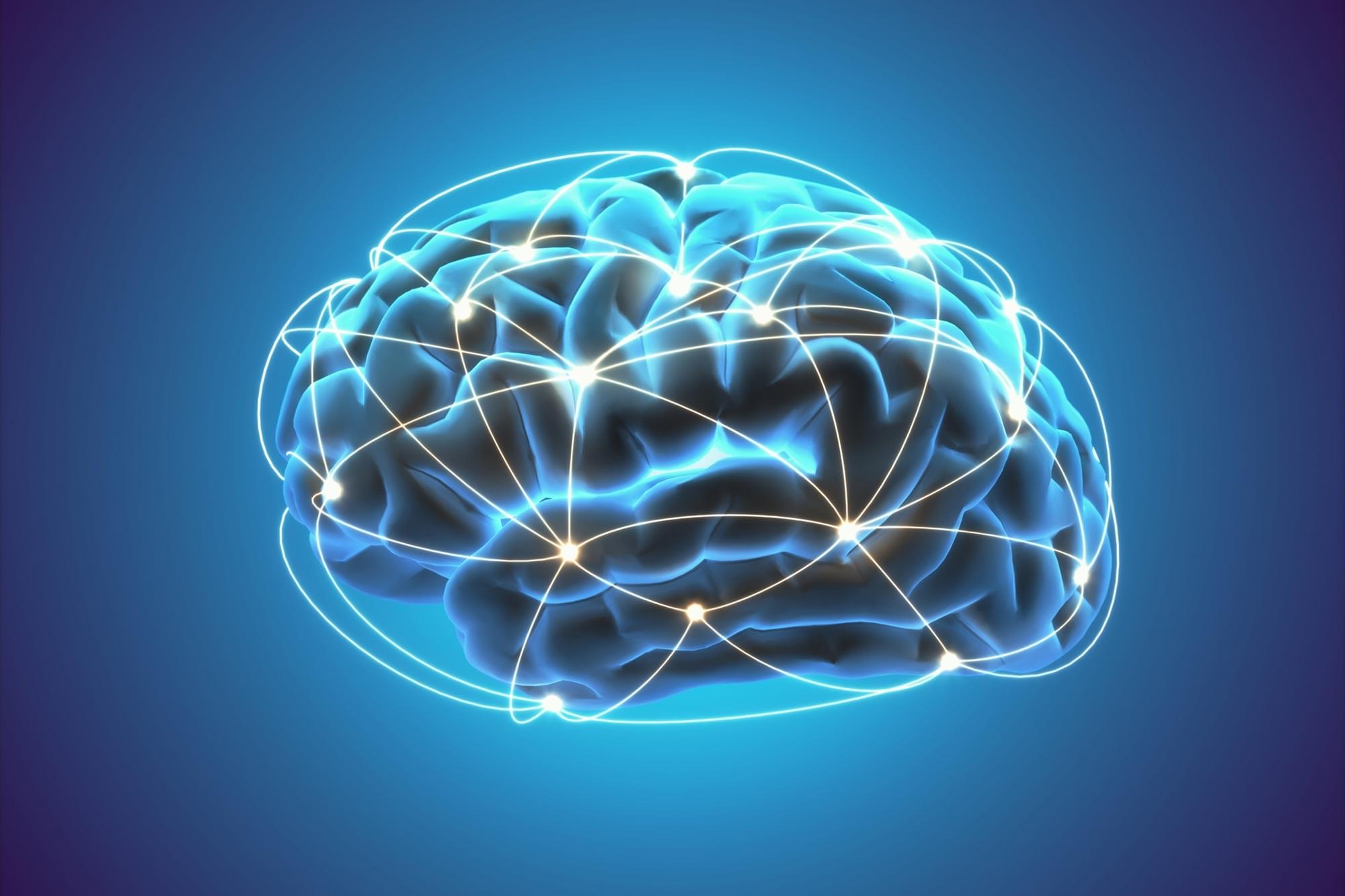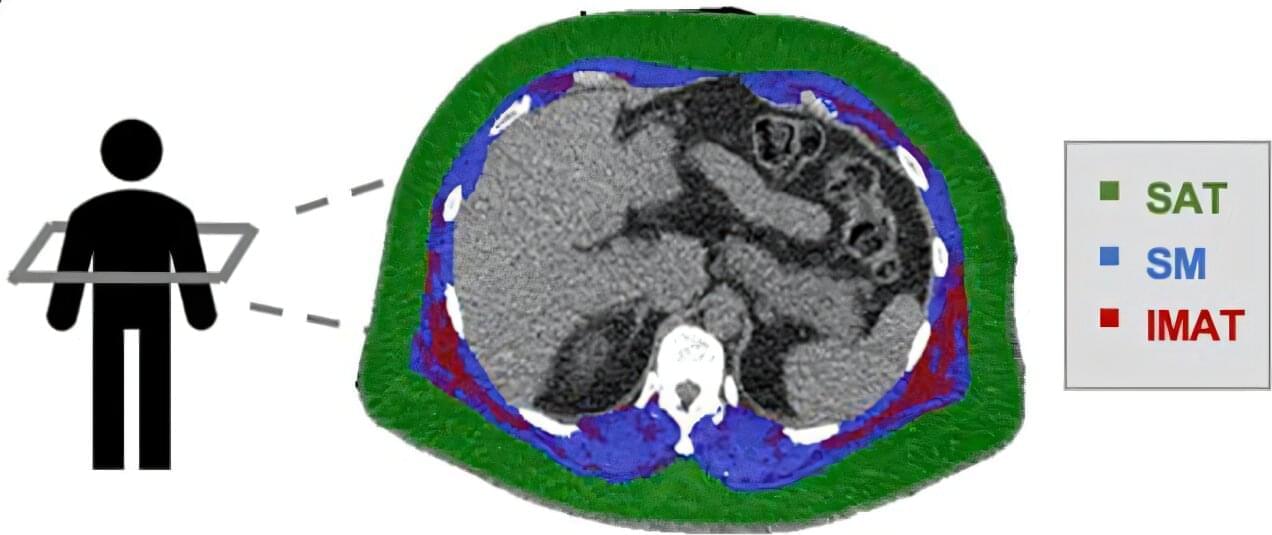UC Davis Health is pleased to announce that Neurosurgeon David Brandman and his team at UC Davis Neuroprosthetics Lab were selected for a 2025 Top Ten Clinical Research Achievement Award. The Clinical Research Forum presents this award to honor 10 outstanding clinical research studies published in peer-reviewed journals in the previous year. This year’s Top 10 Awards ceremony will be held on April 14 in Washington, D.C.
Brandman and his team are recognized for their groundbreaking work in developing a new brain-computer interface (BCI) that translates brain signals into speech with up to 97% accuracy — the most accurate system of its kind. Their work was published in the New England Journal of Medicine.
“Our team is very honored that our study was selected among the nation’s best published clinical research studies. Our work demonstrates the most accurate speech neuroprosthesis (device) ever reported,” said Brandman, co-director of the Neuroprosthetics Lab. He is an assistant professor in the UC Davis Department of Neurological Surgery.






